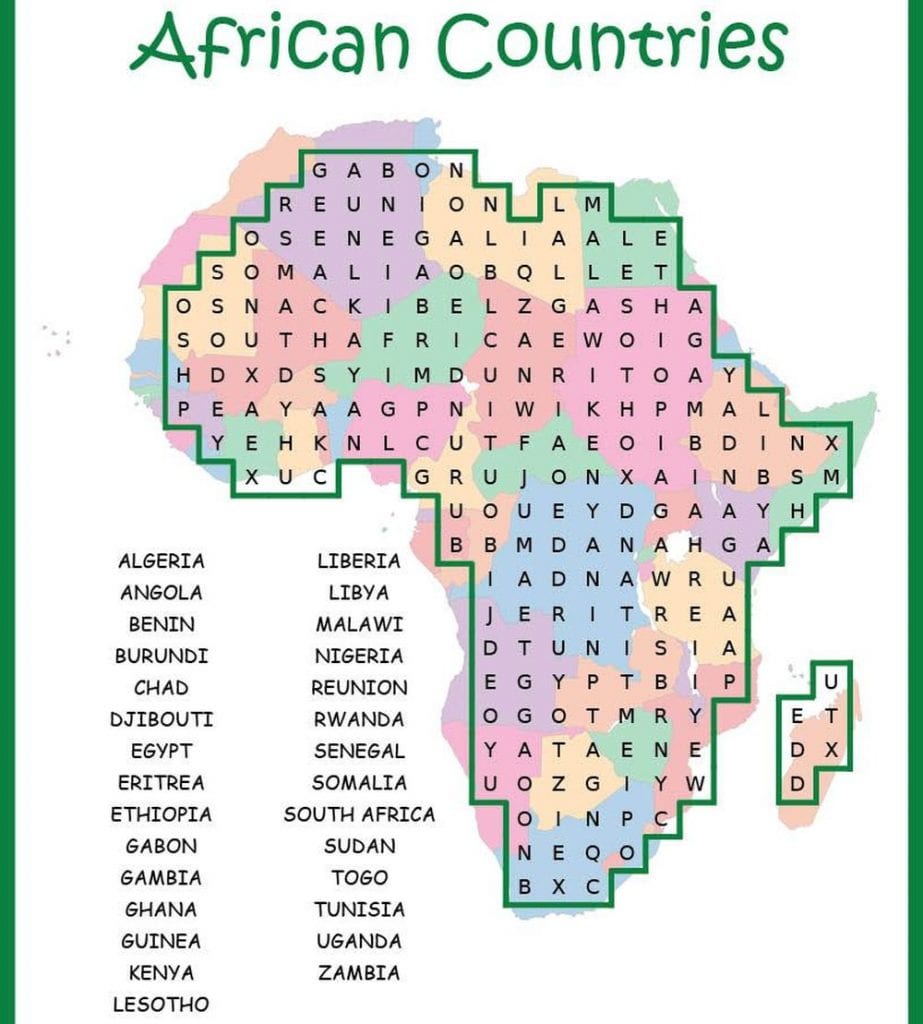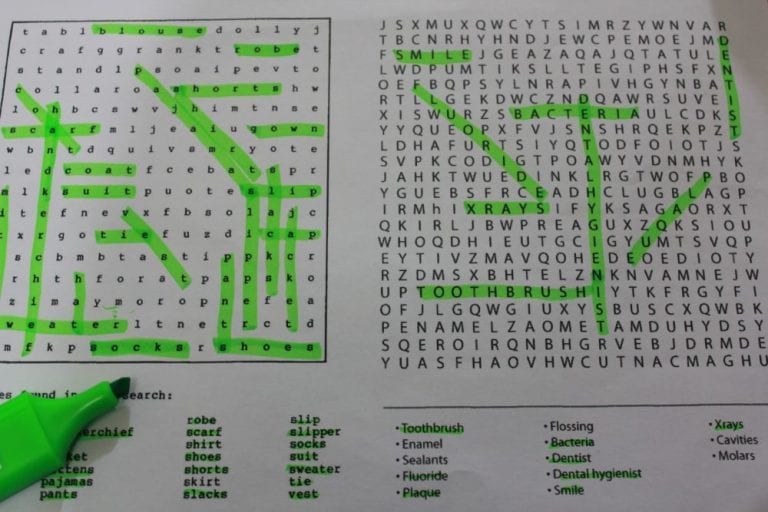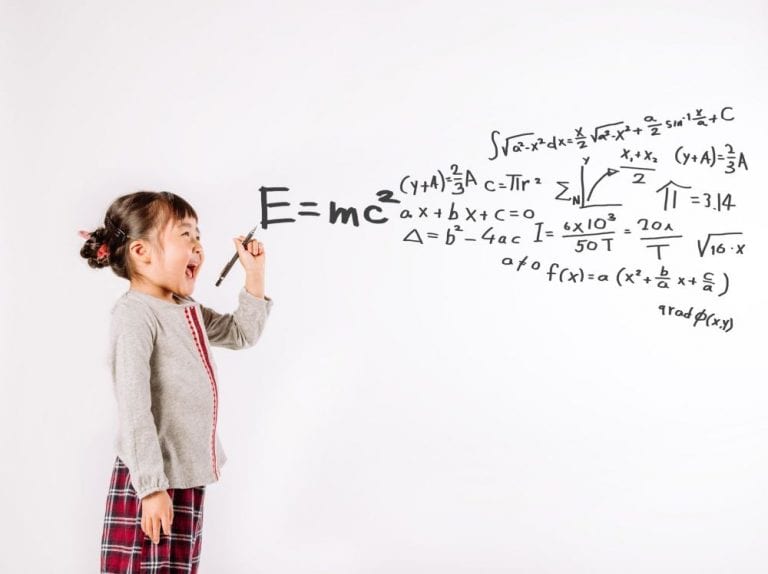Do you wish to get better at word puzzles and improve the amount of enjoyment you get from said games? These tips will help you do so.
1) Leave The Word List Behind
Every time I start a new puzzle, I set the word list aside at the beginning. Instead, I concentrate on finding every word I can naturally. My top priority is the longer words – those are always on the list.
Smaller words (three to four letters long) are less important. I sometimes find words of this length have been created accidentally when the puzzle is assembled.
I process the whole puzzle systematically. I criss-cross the puzzle grid from top to bottom and side to side, making sure to cover the entire grid from both directions.
At this early stage, I’m not looking for diagonals, but that’s mainly a personal issue. My astigmatism makes it too much of an effort to follow diagonal lines; the letters tend to “shift” on me.

image source: pinterest.com
2) Look For Multiple Words
You’ll make a lot more progress if you look for more than one word on each pass through the puzzle. Keeping your eyes peeled for multiple words is especially helpful on timed puzzles and on electronic devices.
The importance of timers depends on both personal taste and the sort of puzzle you’re working. In some cases, you have to beat the time to keep from losing the game. Other electronic puzzles are set up so that beating the timer simply gives you a bonus. This leads to a more relaxed puzzle experience, with the timer serving merely to record your performance.
When I complete puzzles on my Kindle Fire I have to deal with a timer like this. I take it as a challenge to complete puzzles as rapidly as possible. Beating a puzzle with plenty of time to spare earns me bonus points and moves me closer to the game’s next level faster.
3) Try Puzzling Upside-Down
This tip really only applies to pencil-and-paper word searches. If you flip the entire puzzle book upside-down, you may be surprised to see formerly-invisible words pop out at you. In my own experience, this is especially effective at revealing those tricky, hard-to-spot short words.
Upside-down puzzling is usually a long shot. If you’re exceptionally comfortable with upside-down reading, though, it may become one of your go-to strategies.

image source: wikihow.com
4) Build Nonsense Phrases Around Your Words
As suggested above, you’ll want to search for multiple words in order to make faster progress. How do you remember a long string of random words when you’re searching, though? I advise combining your word list into a goofy little phrase. Don’t be afraid of not making sense; the weirder your phrase is, the easier it’ll be to remember.
Say, for example, that you still have these words on your list to find: honeysuckle, rainbow, shoe, and stagecoach. All you need to do is add some extra words to turn that list into a sentence. With this list, I might assemble a sentence like this (words in parenthesis are my additions):
“(The brake) shoe (on the) stagecoach (smelled like) rainbow honeysuckle.”
It doesn’t make a lot of sense, and that’s actually a good thing. The sillier your phrases are, the better your brain will hold onto it. Brains like humorous phrases.
This is probably one reason that word search puzzles are both effective and popular in classroom settings. They help students grow familiar with vocabulary words and proper spellings.
5) Find The “Impossible” Words
It seems like every word search puzzle comes with at least one word that gives you an exceptional amount of trouble. In a game with a time limit, you can often recognize these words in advance, skip over them to make easier finds, and then come back to them later.
There are some tactics for finding those “impossible” words more easily. A time-consuming but effective trick is to run your finger over each and every row, stopping at each occurrence of the word’s first letter. Check around that letter to find the subsequent ones. Keep this process up until you’ve found the hidden word.
This almost always works. Every now and then, you’ll face a puzzle where a word is unfindable because the creators made an error. Sometimes a word that isn’t included in the puzzle itself winds up on the word list. This can get especially frustrating with an electronic puzzle, as the surplus word will make it impossible to complete the puzzle.

image source: thoughtco.com
6) Look At The Big Picture
Inching through a puzzle one letter at a time may not agree with you. Alternately, try looking at the puzzle as a whole. Once you’ve already found many of the puzzle’s words, you can start to guess where the missing ones might be.
This is a “negative space” hint. Words that have eluded you are most likely to be hiding in the parts of the puzzle where you haven’t made many finds yet. This technique is especially effective for electronic word searches, as the program will often use color to highlight the words you’ve already found.
7) Try Starting At The End
When you’re looking for those last elusive words, try looking for their final letters instead of their first ones. This can be especially effective with words that have uncommon letter pairings at their end, like “ux” or “ey.” Something like “ux” can come up because puzzle makers aren’t afraid to borrow from foreign languages sometimes. I found that one as part of “pas de deux!”
8) Talk It Out
If you’re alone and won’t be disturbing anyone, feel free to speak the words aloud as you’re looking for them. This actually makes your brain better at spotting the word you’re looking for.
Talking to my puzzles is a favorite technique of mine. I’ve accidentally disturbed my hubby more than once with my puzzle-mutterings! Whenever I do this, I take my game into another room to keep from disturbing him further.
Needless to say, if all else fails in trying to decipher a word you could just use a word unscrambler to do so.
